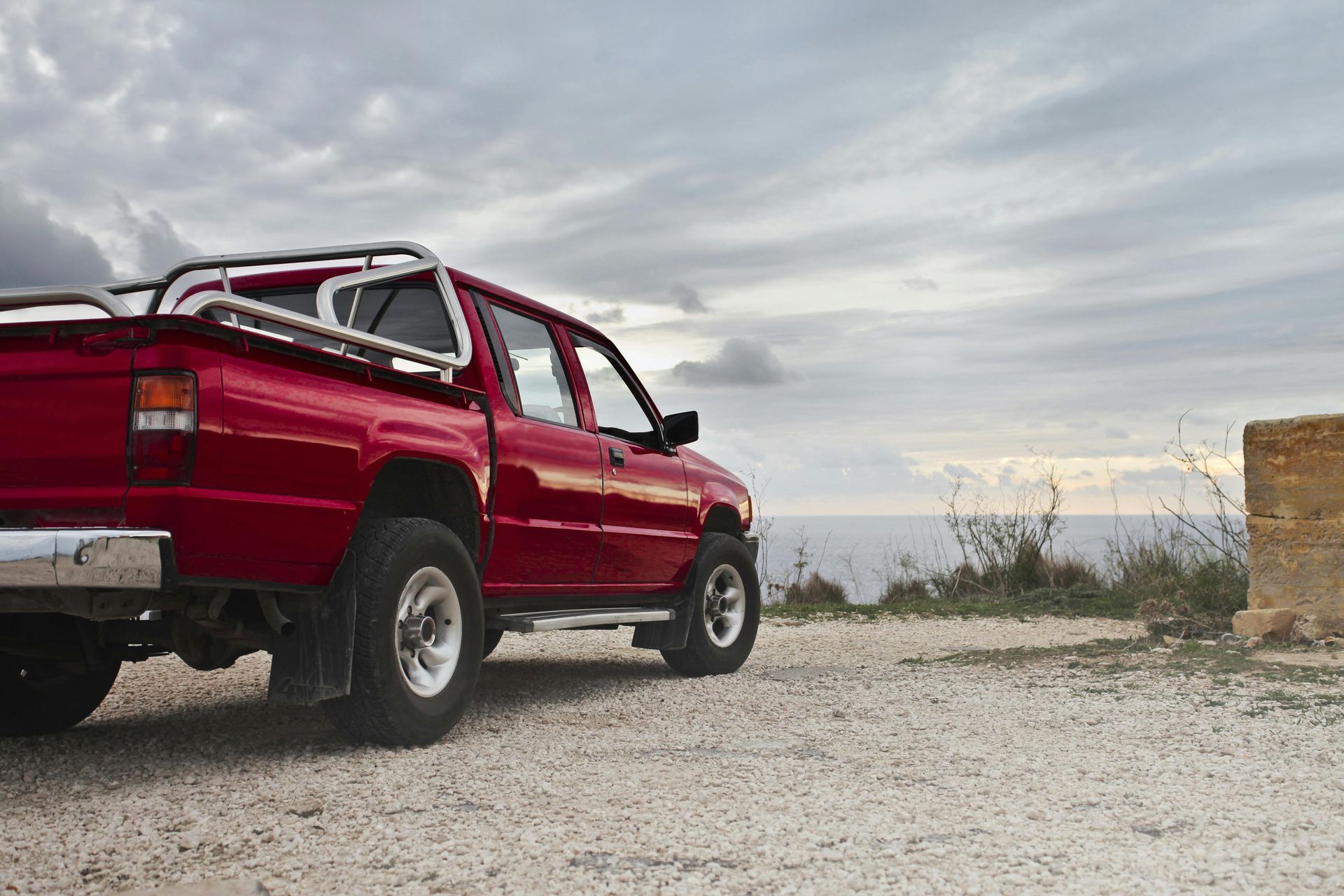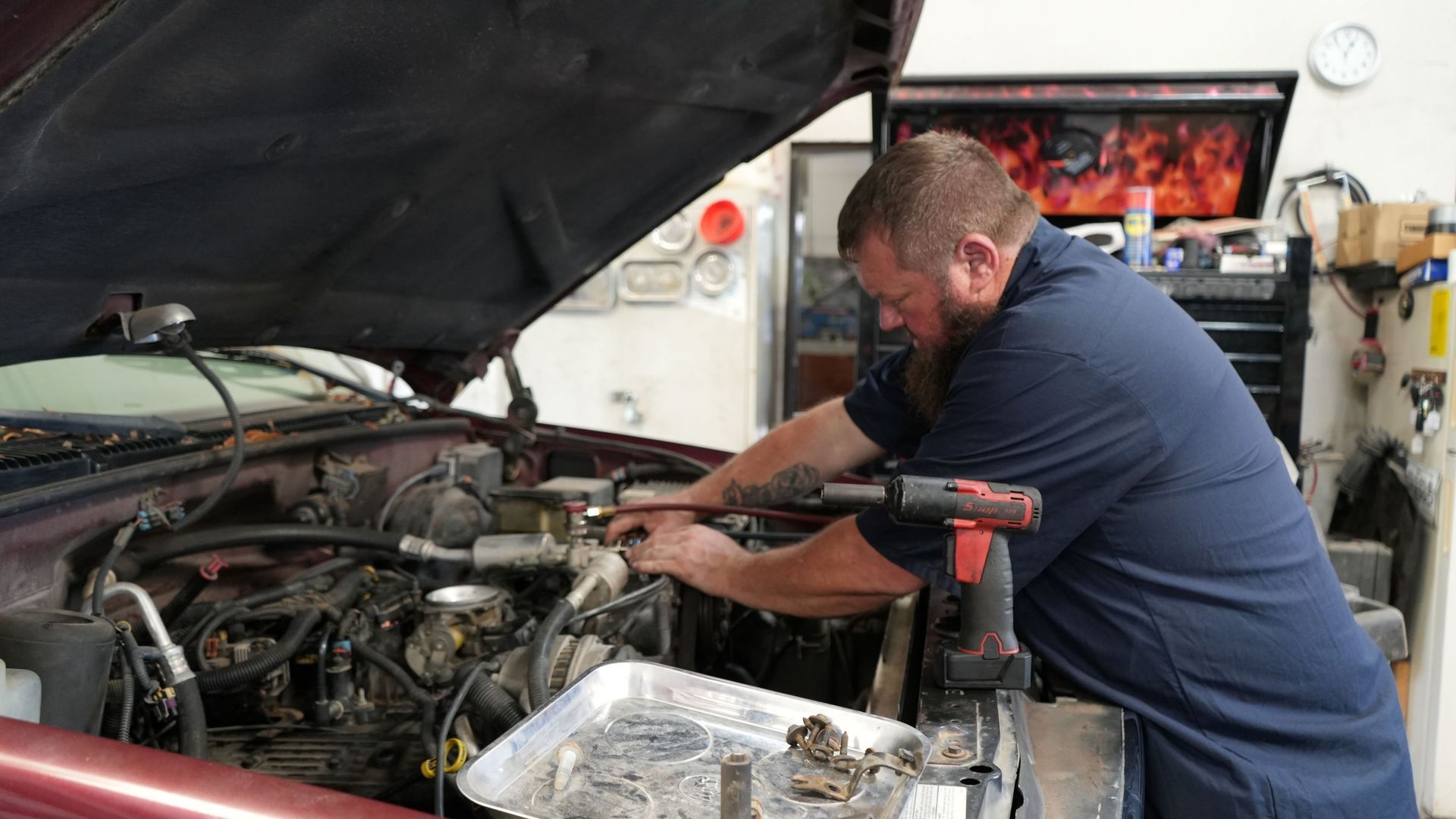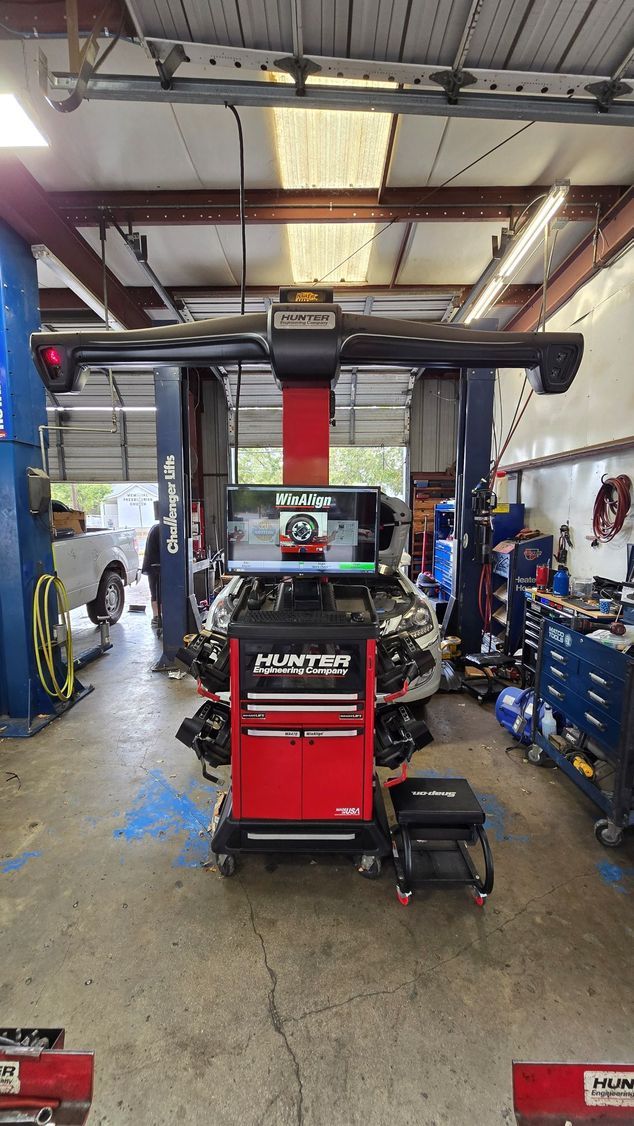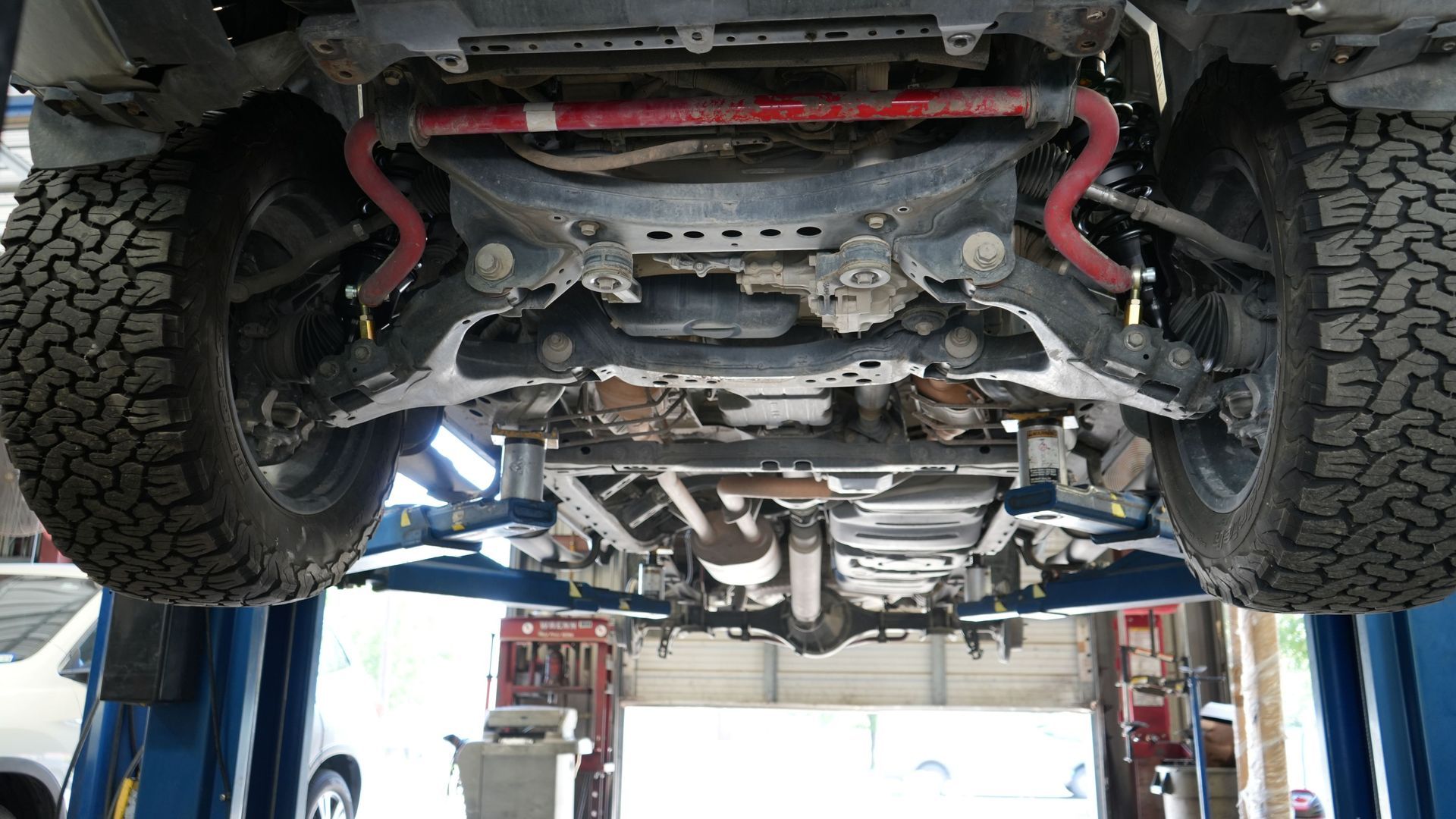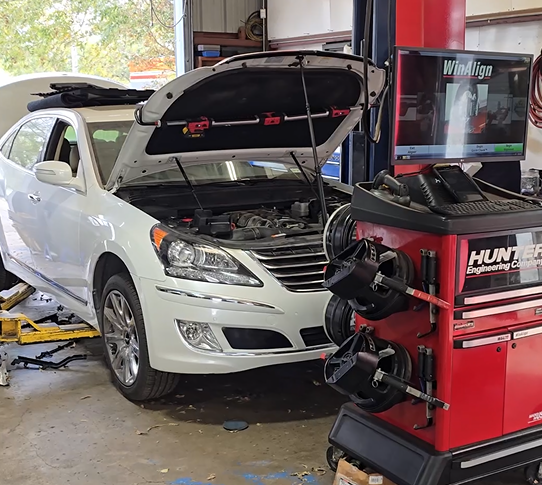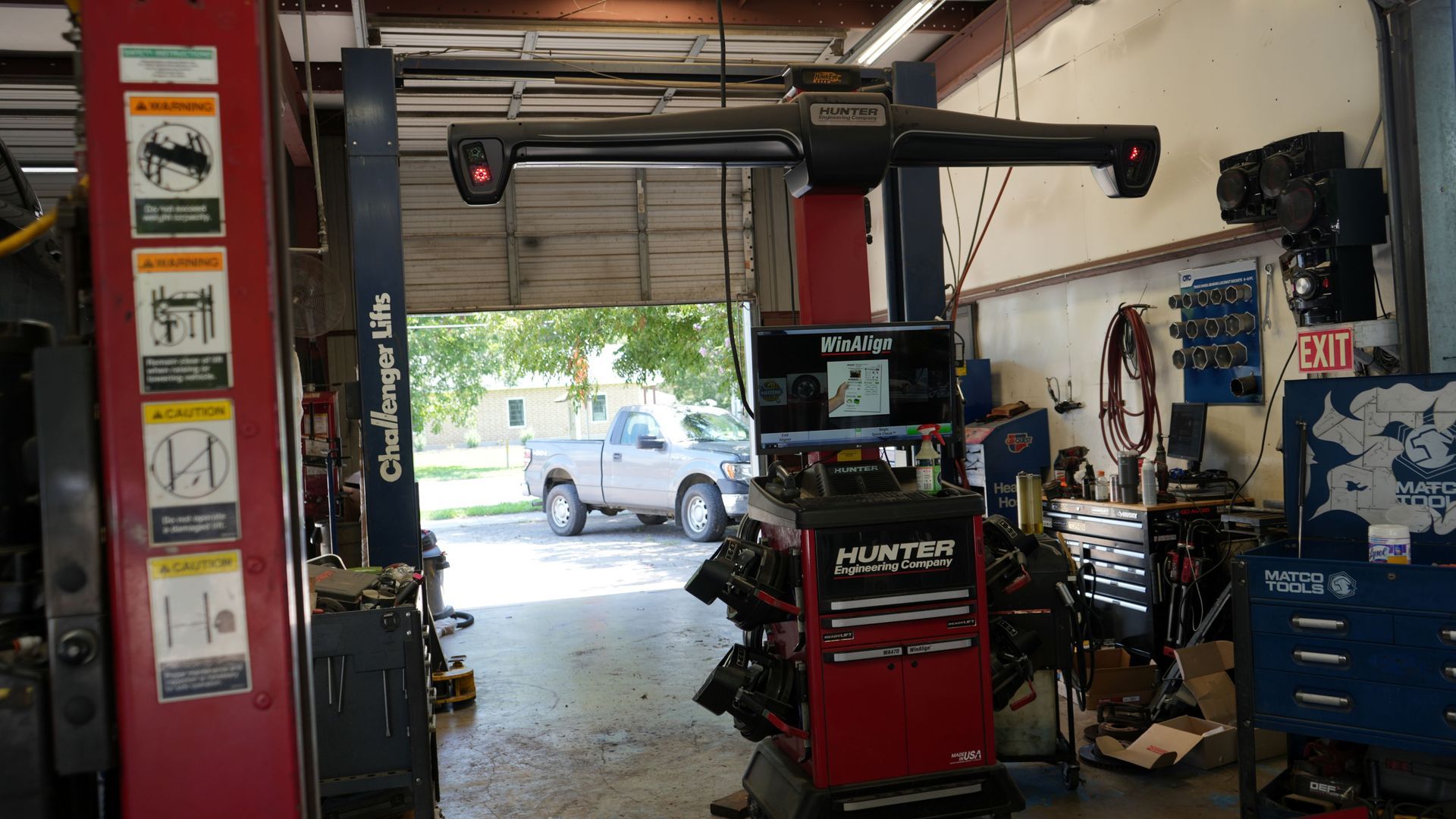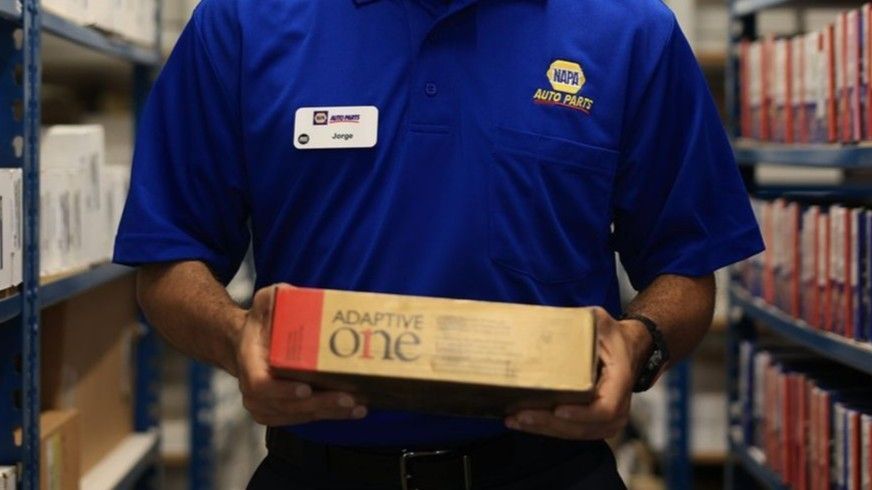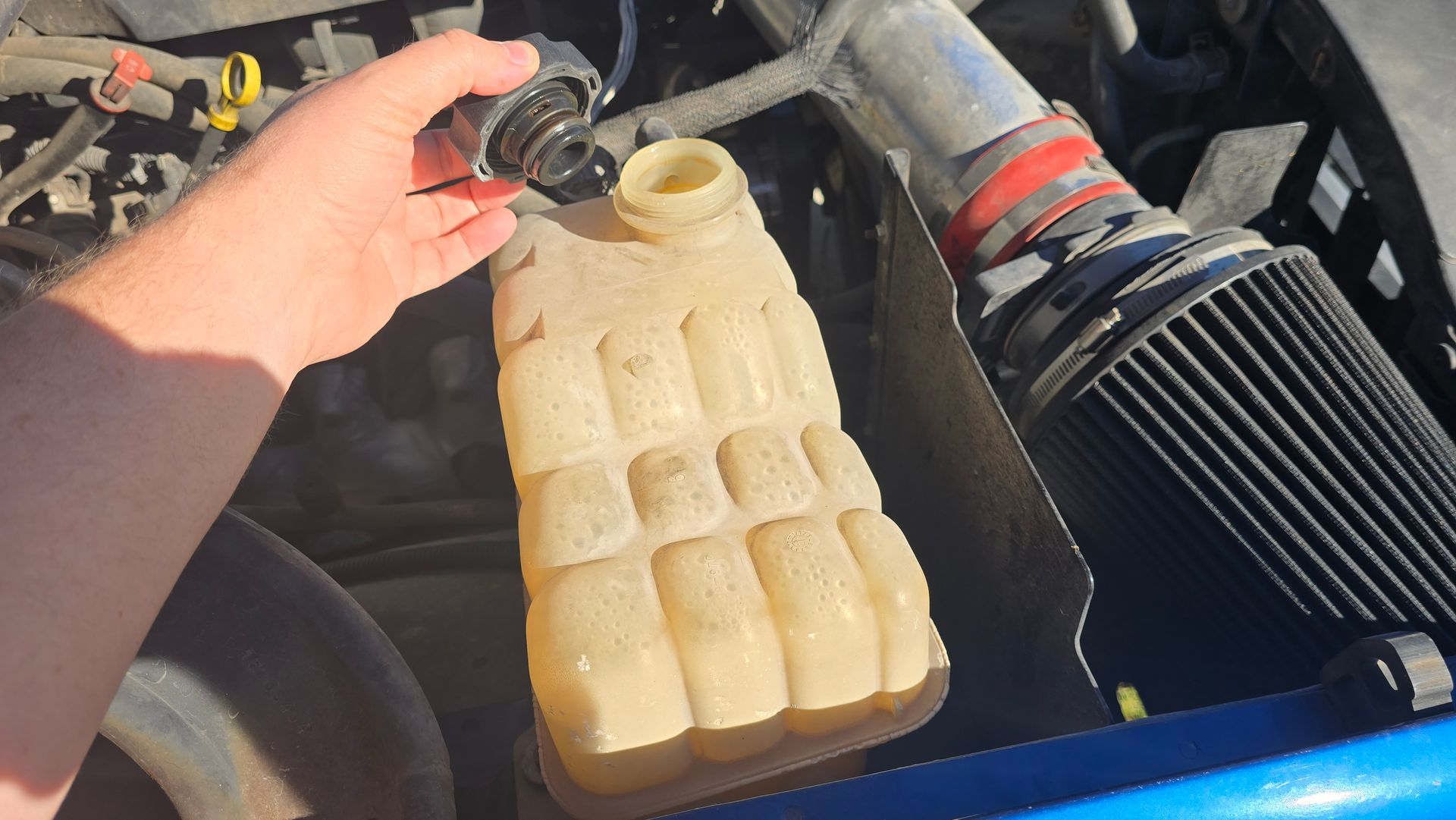Preventative Maintenance: Keep Your Car Running Smoothly
Preventative Maintenance: Keep Your Car Running Smoothly
At Quick Align, we're passionate about cars, and we know that preventative maintenance is the key to keeping your vehicle running smoothly for years to come. Just like regular checkups with your doctor can prevent health issues, regular maintenance for your car can help avoid costly repairs and extend its lifespan.
Why is Preventative Maintenance Important?
Preventative maintenance offers a multitude of benefits, including:
- Increased Vehicle Lifespan: Regular maintenance helps identify and address minor issues before they escalate into major problems, ultimately extending the life of your vehicle. Think of it as giving your car a regular health checkup.
- Improved Safety: A well-maintained vehicle is a safer vehicle. With properly functioning brakes, tires, and other critical components, you can have peace of mind knowing your car is safe for you and your passengers. Preventative maintenance reduces the likelihood of unexpected breakdowns, saving you from the hassle and stress of being stranded on the road.
- Enhanced Fuel Efficiency: Regular maintenance, such as oil changes and filter replacements, can improve your car's fuel efficiency, saving you money at the pump.
- Cost Savings: Addressing minor issues through preventative maintenance is significantly less expensive than dealing with major repairs down the line.
- Peace of Mind: Knowing your vehicle is in top shape provides peace of mind and reduces the risk of unexpected breakdowns.
- Resale Value: Regular maintenance can also help maintain your car's value, making it more desirable when it's time to sell or trade it in.
What Does Preventative Maintenance Include?
Preventative maintenance encompasses a variety of services, including:
- Oil Changes and Filter Replacements: Regular oil changes are crucial for lubricating your engine and preventing wear and tear. Oil filters should be replaced to ensure clean oil circulation. Engines that use conventional motor oil may need an oil change every 3,000 miles. However, those using synthetic oil might have intervals up to 10,000 miles. Always refer to your owner's manual for the recommended oil change interval for your specific vehicle.
- Tire Services: Maintaining proper tire pressure, rotating tires regularly, and getting wheel alignments ensure optimal tire performance, handling, and safety. Don't forget to check your tire tread depth regularly as well. Worn tires can reduce traction and increase the risk of accidents, especially in wet or icy conditions.
- Brake System Maintenance: Brake fluid checks, flushes, and brake pad inspections and replacements are essential for safe and reliable braking.
- Fluid Checks and Replacements: Checking and replacing fluids like windshield washer fluid , power steering fluid, and transmission fluid ensures the proper functioning of various vehicle systems.
- Coolant System Maintenance: Regularly check your coolant levels to ensure your engine is properly cooled and prevent overheating.
- Battery Services: Battery charge level checks, corrosion cleaning, and dielectric gel application help maintain battery health and prevent unexpected failures.
- General Inspections: Regular inspections of lights, belts, hoses, nuts and bolts, and shocks and struts help identify potential issues before they become major problems.
How Often Should You Get Preventative Maintenance?
The frequency of preventative maintenance depends on various factors, including your vehicle's make and model, driving habits, and the manufacturer's recommendations. However, a general guideline is to follow the 30-60-90 schedule. This means certain items should be inspected, changed, or replaced at 30,000, 60,000, and 90,000 miles. Always consult your owner's manual for specific recommendations.
For example, at 30,000 miles, you might need to:
- Change your oil and oil filter
- Rotate your tires
- Inspect your brakes
At 60,000 miles, additional maintenance might include:
- Replacing your air filter
- Checking and replacing coolant
At 90,000 miles, more extensive services might be required, such as:
- Replacing spark plugs
- Changing transmission fluid
Remember that these are just general guidelines, and your vehicle may have specific maintenance requirements.
Why Choose Quick Align for Your Preventative Maintenance Needs?
At Quick Align, we offer:
- Expert Technicians: Our ASE-certified technicians have the knowledge and experience to service all makes and models.
- State-of-the-Art Equipment: We use the latest...source committed to educating our customers about their vehicle's needs without any pushy sales tactics. We believe in empowering you with the knowledge to make informed decisions about your car's maintenance.
The Quick Align Difference
We're committed to providing San Marcos with the best preventative maintenance services. We'll always:
- Explain your vehicle's needs clearly
- Provide honest recommendations
- Offer fair and competitive pricing
- Deliver high-quality workmanship
Conclusion
Preventative maintenance is an investment in your vehicle's longevity, safety, and performance. By taking proactive steps to care for your car, you can avoid costly repairs, improve fuel efficiency, and enjoy peace of mind on the road. Don't wait for a breakdown to occur – schedule your preventative maintenance service with Quick Align today and keep your vehicle running smoothly for years to come!
Contact Us
Give us a call at 512.396.2546 to schedule your appointment.

